Let’s be Friends with Fruitcake!
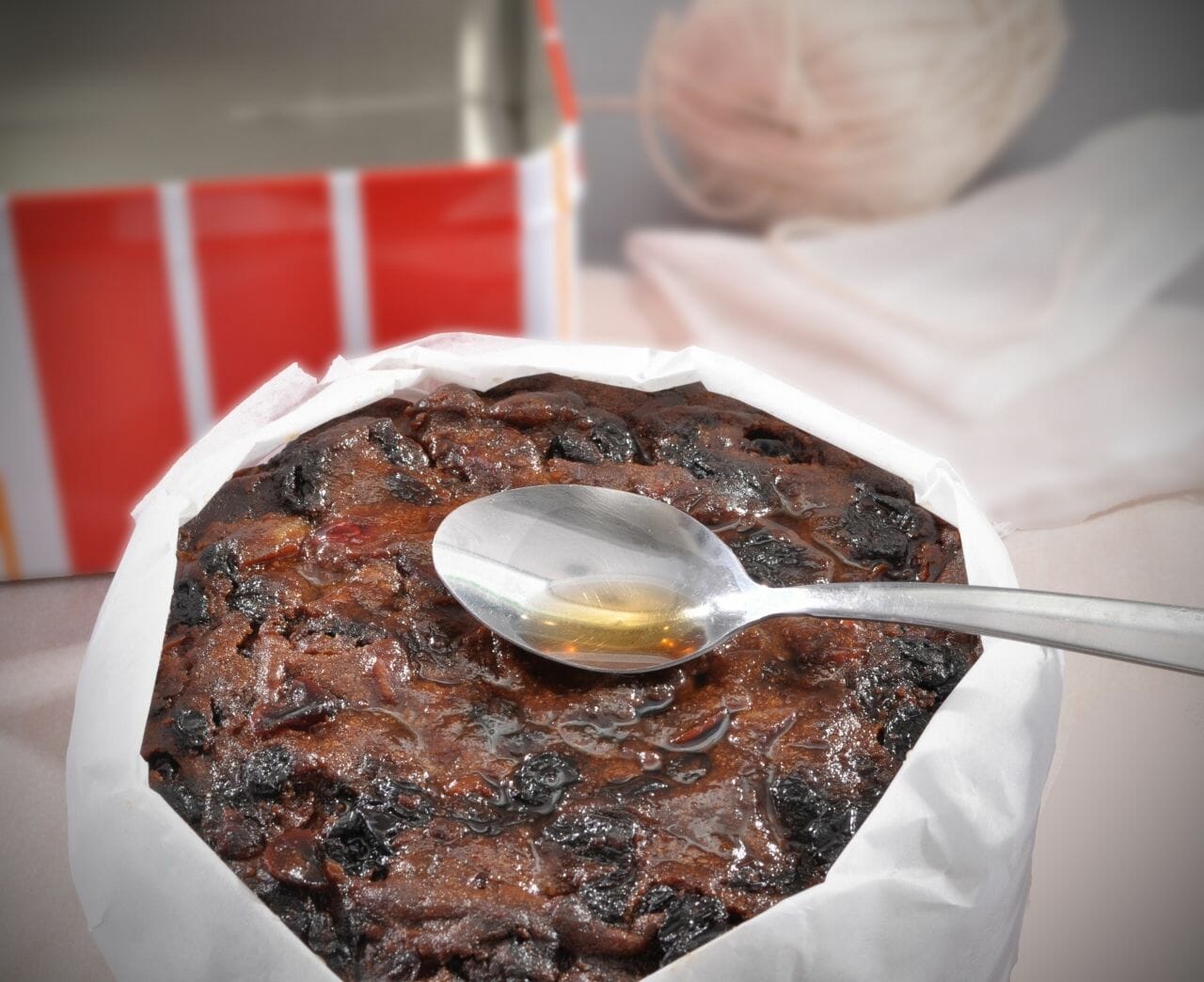
Fruitcake. If you are an American, you are probably rolling your eyes. If you are from nearly anywhere else, your mouth may be watering from memories of delicious holiday treat or dense and sweet wedding cake. Fruitcake is a very popular dessert throughout the world, but here in the old United States of America, the humble fruitcake has a laughable reputation. Johnny Carson joked that there was only one single fruitcake in the whole entire world, and people just keep passing that one cake around as a gift. In Manitou Springs, Colorado there is a yearly fruitcake toss (the record for distance, 1420 feet, was set in 2007 by a group of Boeing engineers). In American English slang, a fruitcake is a person who is strange or even crazy. Well, I think it’s high time to restore good old fruitcake’s reputation with help from Chef Nicholas and his family recipe!
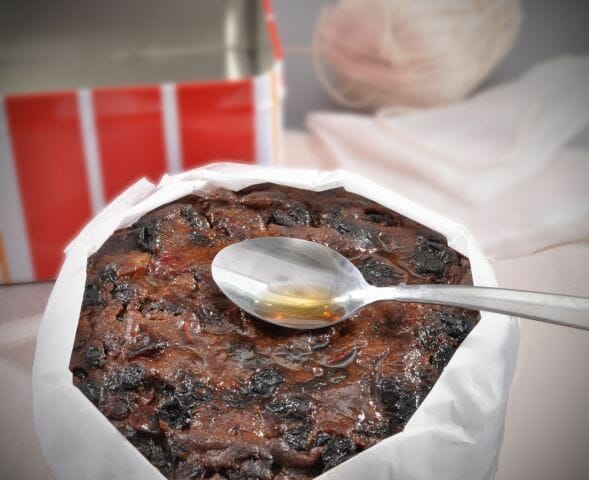
Chef Nicholas’ homemade family fruitcake! Photo: S. Ewing
You may be wondering what inspired me to write about fruitcake. Earlier this month, on Royal Icing Day (yes, that is a thing), Chef Nicholas posted a photo on Facebook from his class at the French Pastry School’s class on royal icing. When teaching this class, Chef Nicholas prepares his family’s own fruitcake recipe for his students to sample. Students then cover their own fruitcakes in a layer of marzipan and then several thin layers of royal icing.
A few things about this post got me thinking about fruitcake. First of all, Chef Nicholas states that English fruitcake is much different than the American version. Second, many of his students are very pleasantly surprised at the taste and texture of this fruitcake. One student even commented that she was saving her decorated fruitcake to enjoy at her graduation from the French Pastry School! Finally, just looking at the picture of Chef Nicholas’ fruitcake makes me hungry. I know that normally, fruitcake is something discussed (or joked about) during the Christmas holiday. It is true that it is a holiday institution, but I just couldn’t get the dense little cake out of my head. Before I share Chef Nicholas’ yummy family recipe, I thought I would share a bit of history on the fruitcake.
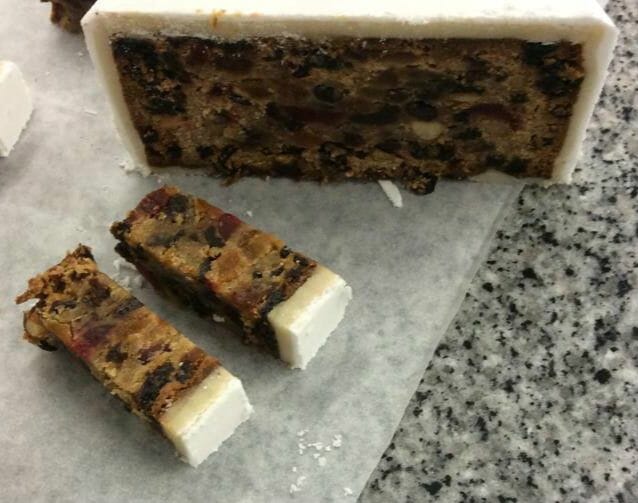
Yum! Fruitcake for Chef Nicholas’ students at the French Pastry School. You can even see the layers of marzipan and royal icing! Photo: N. Lodge
One of the earliest accounts of fruitcake comes to us from Ancient Rome. A mixture of barley, raisins, nuts, and pomegranate seeds were combined to make a kind of ancient energy bar. However, fruitcake as we know it today likely dates from around the 1400s with the successful importation of dried fruit to the UK and other parts of Europe. When cheap sugar from the American colonies made its way across the pond to Europe fruitcakes got another boost. It was discovered that sugar could be used as a preservative; a wide variety of both local fruit and exotic fruit from the colonies could now be saved for long periods of time and thus be added to fruitcakes!
Over the centuries, fruitcake evolved throughout Europe and European colonies taking on different regional traits. In Australia and New Zealand, fruitcake is eaten year-round. While most is eaten over the Christmas holidays, fruitcake is often used for wedding cakes as finely decorated tiered cakes. In the Caribbean, a version of fruitcake is called Black Cake. Both the fruits used in the cake and the baked cake itself is drenched in rum (according to some sources I read, it’s possible to get intoxicated on some of these cakes due to the high alcohol content. I’m not sure whether or not it’s true, but it certainly sounds like a party!). The Black Cake is considered a holiday tradition, however, in some countries, it can be used as a wedding cake if it is iced. India tends to enjoy fruitcake the most around the Christmas season as well, but it is available commercially year round!
If we head back to Europe, there are fruitcakes to be found everywhere! France has the gateaux aux fruits, Spain has the bolo de higo, Portugal the Bolo Rei, and Switzerland the Birnenbot. In Bulgaria, fruit cake is called keks is normally homemade and eaten throughout the year, although, there is a special version, the Kozunak, made around Easter. Germany has the Stollen, a yeasty fruitcake with powdered sugar on top. In Ireland, around Halloween, a fruitcake called barmbrack is made to contain small items that represents the fortune of the person who finds the object within the cake. Italy’s has several versions of fruitcake: Panforte, Pandolce, and Panettone. Panettone is not just popular in Italy, it can be widely found in US grocery stores throughout the Christmas season. I find it pretty tasty myself.
Fruitcake is perhaps most popular in the UK. It is a holiday staple. It is often covered with marzipan and royal icing or rolled fondant and decorated with Christmas motifs. Fruitcake is also a very commonly used as a wedding cake. In fact, Prince William and Catherine Middleton had an intricately decorated fruitcake as their official wedding cake! It took five weeks to create, was 8 tiers, and was said to be at its peak flavor just over a year after it was baked. Oh, and in 2015 a piece of their wedding cake was sold at auction for $7,500 US dollars! That’s right, a single slice of fruitcake sold for $7,500!
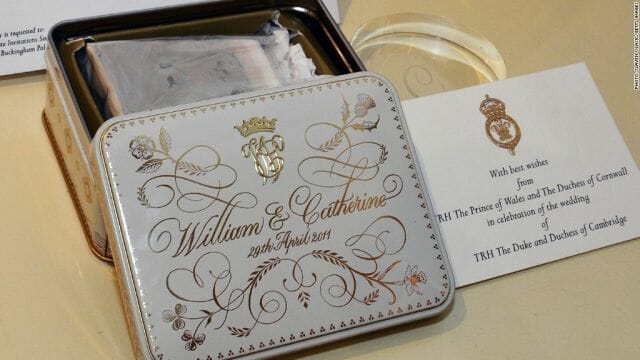
Slice of cake from William and Catherine’s wedding cake that sold for $7,500 at auction. Photo: CNN.com
The fruitcake is held in high esteem all over the world, except in the United States. I mentioned that fruitcake is often the butt of jokes here in America, but it’s unclear why or how the fruit cake lost its glamour. Perhaps it will surprise you to learn that there are still millions of fruitcakes purchased in the US every year; many are ordered from catalogs or online! It seems odd that while Americans tend to turn up their noses at fruit cake, millions are sold every year! I admit that I have never tried a mass-produced fruit cake, in fact, I don’t think they look appetizing at all when I see them at the grocery stores during the holidays. Perhaps the wholly unappealing look of American mass produced fruitcake brought about its downfall.
This leads me back to the inspiration for this blog: Chef Nicholas. Every time he shares a photo of his homemade fruitcake, my mouth just waters. Maybe it’s because it looks like a real cake that tastes like real things (opposed to the mass produced fruit cakes in stores that don’t look like real food to me!). I do know that every American person that has tried Chef Nicholas’ fruit cake has been surprised at how wrong their expectations had been- everyone ends up loving this fruitcake!
So my fellow Americans (and all of our dear readers from abroad who may not be enamored with it), I want you to give fruitcake another chance! Chef Nicholas has generously offered to share his family recipe with all of you! This is what Chef Nicholas has to say about his recipe, “This is the holiday fruitcake that I grew up with. I have very fond memories of making these traditional cakes with my mother and grandmother as well. I hope you start a holiday tradition as well with these cakes. I do have a warning for you, this recipes makes two generous five-pound cakes. Get out your largest mixing bowl and have fun!” You can click the following link to download a PDF copy of the recipe: Chef-Nicholas-Lodges-Fruitcake-Recipe.pdf
Now for my favorite part! If you are a big fan of fruitcake, please share in the comments what you love about it, or what type of fruit cake you enjoy most (say, Panettone or traditional UK fruitcake). If you are not a fan of fruitcake, tell us why… fess up if you have never had it but still turn up your nose (I admitted it!). If you are suspicious of fruitcake and have never tried it, or never tried homemade, please give Chef Nicholas’ recipe a try. It may change your LIFE! Ok, fine. It may not change your life, but maybe we can help fruitcake resurrect its image here in the States, bring it up to the same beloved status it holds everywhere else!
I’m ready to try my hand at Chef Nicholas’ recipe. I’m just wondering what will be more difficult, waiting until it’s ready to eat or convincing my family how delicious fruitcake can be!
Sweetly yours,
Stephanie
Sweetly yours,
Stephanie
Don’t just follow our blog! Follow Chef Lodge on Facebook, Instagram, Pinterest, Twitter, Flickr, and Tumblr!

Winner of the 2015 Craftsy Blogger Award for Best Craftsy Cake Decorating Instructor Blog


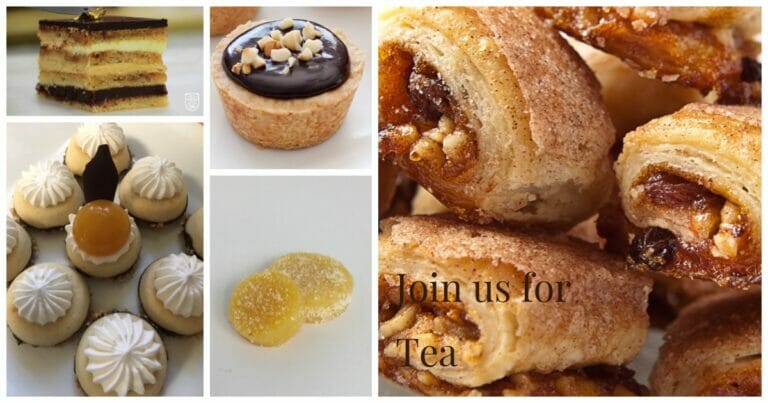
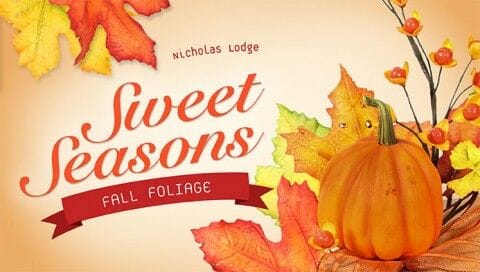


For best results, if at all possible, place the cooled fruitcake in a airtight container for at least 3 months prior to eating. This allows the flavors to mature. You may also, if you wish, add a tablespoon or so of a favorite liquor, rum, brandy, etc., every few weeks for added flavor and moisture. There are die-hard Southerners who believe you make your holiday fruitcake a year in advance! It is obvious that Johnny Carson never tasted a real, true fruitcake!
I completely agree with your article, but would observe that not all fruit cakes are heavy and dense – for example, the Castleton Vicarage Cake from my native Derbyshire is light and crumbly. A recipe can be found at http://beedrunken.blogspot.co.uk/2008_11_01_archive.html , a blog written by an American woman living in England. The recipe is correct, by the way – there are no eggs in it. Before committing it to the oven, give it a thick sprinkling of cinnamon sugar. I made 2 loaf tins of this and it cooked in around 60 minutes. Which is longer than it takes a family of 4 to demolish one loaf, if they’re not prevented!